Lymphedema
(Lymph Obstruction),
A
Simple
Guide
To
The Condition,
Diagnosis,
Treatment
And
Related Conditions
By
Dr Kenneth Kee
M.B.,B.S. (Singapore)
Ph.D (Healthcare Administration)
Copyright Kenneth Kee 2016 SmashwordsEdition
Published by Kenneth Kee atSmashwords.com
Dedication
This book is dedicated
To my wife Dorothy
And my children
Carolyn, Grace
And Kelvin
This book describes the Lymphedema,Diagnosis and Treatment and Related Diseases which is seen in someof my patients in my Family Clinic.
(What You Need to Treat Lymphedema)
This eBook is licensed for the personalenjoyment only. This eBook may not be re-sold or given away toother people. If you would like to share this book with anotherperson, please purchase an additional copy for each reader.
If youre reading this book and did notpurchase it, or it was not purchased for your use only, then pleasereturn to Smashwords.com and purchase your own copy.
Thank you for respecting the hard work ofthis author.
Introduction
I have been writing medical articles for myblog http://kennethkee.blogspot.com (A Simple Guide to Medical Condition) for the benefit of mypatients since 2007. My purpose in writing these simple guides wasfor the health education of my patients. Health Education was also my dissertation formy Ph.D (Healthcare Administration).
I then wrote an autobiolographical account ofhis journey as a medical student to family doctor on his other blog http://afamilydoctorstale.blogspot.com . This autobiolographical account A FamilyDoctors Tale was combined with my early A Simple Guide toMedical Conditions into a new Wordpress Blog A Family DoctorsTale on http://kenmed.wordpress.com. From which many free articles from the blogwas taken and put together into 700 amazon kindle books and someinto Smashwords.com eBooks. Some people have complained that the simpleguides are too simple. For their information they are made simple inorder to educate the patients. The later books go into more details ofmedical conditions.
The first chapter is always from my earlierblogs which unfortunately tends to have typos and spellingmistakes. Since 2013, I have tried to improve myspelling and writing. As I tried to bring you the latestinformation about a condition or illness by reading the latestjournals both online and offline, I find that I am learning moreand improving on my own medical knowledge in diagnosis andtreatment for my patients. Just by writing all these simple guides Ifind that I have learned a lot from your reviews (good or bad),criticism and advice. I am sorry for the repetitions in thesesimple guides as the second chapters onwards have new informationas compared to my first chapter taken from my blog. I also find repetition definitely help me andmaybe some readers to remember the facts in the books moreeasily.
I apologize if these repetitions areirritating to some readers.
Chapter 1
Lymphedema

Lymphedema of the upper arm is very commonafter a mastectomy for breast cancer that can be heavy anduncomfortable for the patient especially when it occurs on theirpredominant arm. It would also appear unsightly. Lifting of the arm is also difficult. What is lymphedema? Lymphedema is a chronic medical conditionthat produces excessive collection of fluid in the leg, trunk orbody part, due to abnormalities of the normal lymph flow. The abnormal lymph flow is mainly due to theexcision of the lymph nodes during surgery for cancer andradiotherapy for cancer treatment.
If the patient has gone through radiotherapyor surgical excision of lymph nodes, the patient may be at dangerof forming lymphedema. It may be useful to find out from the doctor whichlymph nodes have been excised during the surgery and whichlymphatic vessels of the body have been treated byradiotherapy. Lymphedema is achronic (long-term) condition that induces swelling in the body'stissues.It can involve anypart of the body, but normally forms in the arms orlegs. Other symptoms of lymphedema can be anaching, heavy feeling in affected body parts and difficulty movingthem. Lymphedema can become worse if it is nottreated, so the patient should speak to a doctor if the patientthinks the patient may have the condition. Lymphedema is the result of collection oflymphatic fluids in the body. It can induce an arm, leg, or other area ofthe body to swell and become painful.
The disorder is normally lifetime. The patient can decrease this danger withthese precautions and advice: 1. The skin should be kept clean, supple andmoisturized. 2. Affected areas should be dried and washedthoroughly. The patient may require a hair dryer for todry certain areas like the skin folds and between toes 3.
The underclothes should be regularlywashed. 4. Any injuries to the leg should be avoided,such as cuts, insect bites, bruises, and knocks. 5. Sunburn should be avoided by usingprotective clothing and a sunscreen (SPF 15 or more). 6.
Exposure to extreme heat should be avoided(such as use of heat packs applied locally, sauna, steam rooms, hotand humid weather. 7. The leg must not be used for injection oracupuncture, drips or having blood samples taken. 8. Removal of hair from the leg should onlybe done using a well-maintained electric razor. 9.
Blade razors, creams and waxing increasethe danger of cuts and redness of the skin. 10. If travelling by air, a compressiongarment must be used. This also applies to long bus, train and carjourneys. 11. Tight clothing should be avoided.
No redness or indentation should be visibleon removal of clothing. 12. Constrictive jewelry should beavoided. No redness or indentation should be visibleon removal of jewelry. 13. Prolonged standing and high heels shouldbe avoided.
When the patient has to stand, walk in shortbursts to increase lymph flow. 14. Muscle fatigue during exercise andvigorous massage should be avoided. What are the causes of Lymphedema? Causes of lymphedema Lymphedema is caused by an obstruction withthe lymphatic system. This is a network of vessels and glandsdistributed throughout the body. Its major functions are to fight infectionand drain excess fluid from tissues.
Abnormal formation of the lymphatic system,damage to it, and a rise in fluid in the body tissues can allresult in lymphedema. There are two main types of lymphedema: 1. Primarylymphedema caused byfaulty genes affecting the development of the lymphatic system; itcan form at any age, but normally happens in early adulthood 2. Secondarylymphedema caused bydamage to the lymphatic system or obstruction with the movement anddrainage of fluid in the lymphatic system, often due to aninfection, injury, cancer treatment, inflammation of the limb or alack of limb movement Lymphedema may begin 6 to 8 weeks aftersurgery or after radiation treatment for cancer. It can also begin very slowly after thecancer treatment is over. The patient may not observe symptoms for 18to 24 months after treatment.
Sometimes it can take years to form. Even a small infection or injury can inducelymphedema to start. There are two typesof lymphedema, called primary and secondary lymphedema, which havedifferent causes.

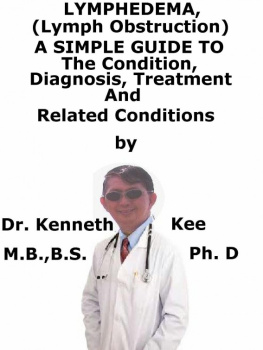
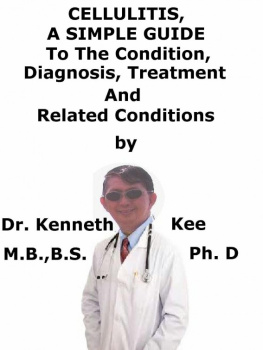
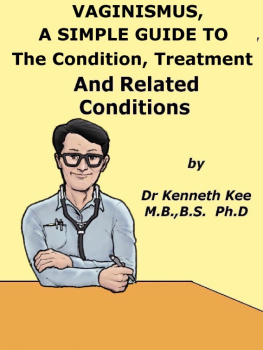
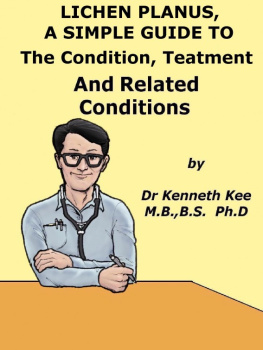
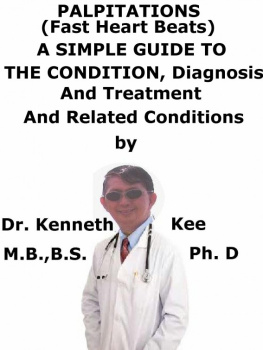
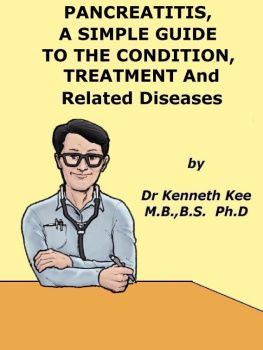
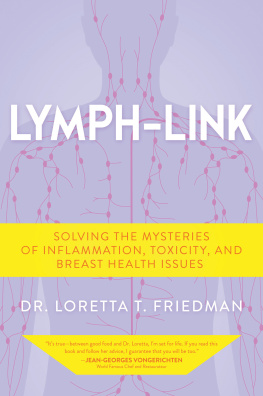
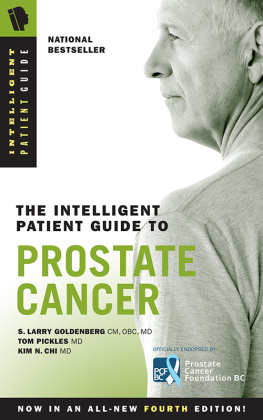

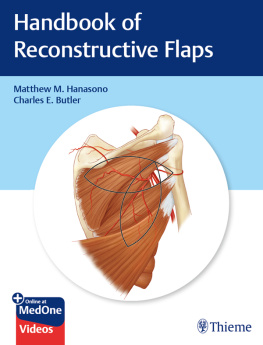
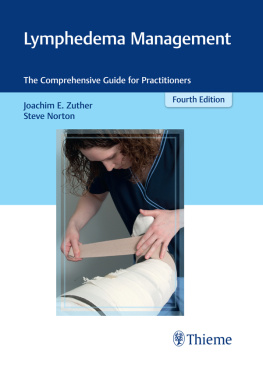




 Lymphedema of the upper arm is very commonafter a mastectomy for breast cancer that can be heavy anduncomfortable for the patient especially when it occurs on theirpredominant arm. It would also appear unsightly. Lifting of the arm is also difficult. What is lymphedema? Lymphedema is a chronic medical conditionthat produces excessive collection of fluid in the leg, trunk orbody part, due to abnormalities of the normal lymph flow. The abnormal lymph flow is mainly due to theexcision of the lymph nodes during surgery for cancer andradiotherapy for cancer treatment.
Lymphedema of the upper arm is very commonafter a mastectomy for breast cancer that can be heavy anduncomfortable for the patient especially when it occurs on theirpredominant arm. It would also appear unsightly. Lifting of the arm is also difficult. What is lymphedema? Lymphedema is a chronic medical conditionthat produces excessive collection of fluid in the leg, trunk orbody part, due to abnormalities of the normal lymph flow. The abnormal lymph flow is mainly due to theexcision of the lymph nodes during surgery for cancer andradiotherapy for cancer treatment.